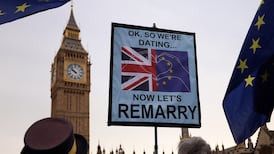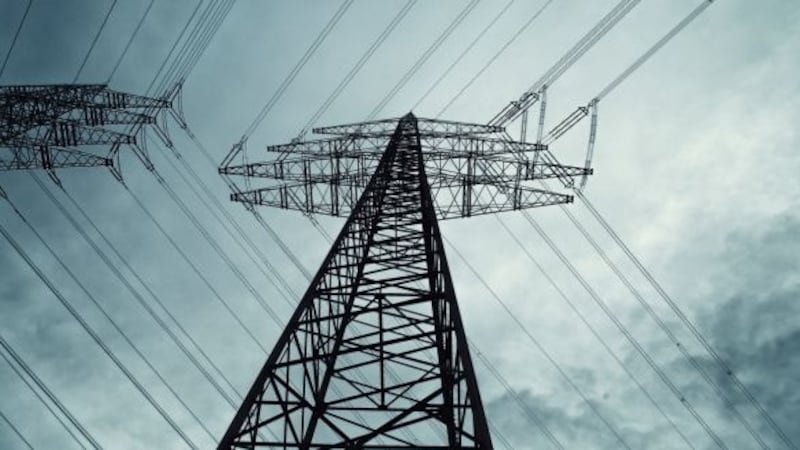When the Young Irelanders adopted a green, white and orange tricolour in 1848 to embody their aspiration for an independent republic, the colours were chosen to represent peace and comity between the Catholic/nationalist and Protestant/unionist traditions of the island. It is disappointing but hardly surprising that, almost two centuries later, attitudes to the flag remain deeply divided between those same two traditions. That is also true of such other potent symbols of identity as the Red Hand of Ulster, the poppy and, to a lesser extent, the shamrock. The Red Hand and the shamrock may be much older than the tricolour and the poppy may be more recent, but they all trigger emotional attachment from one side and atavistic antipathy from the other.
The most recent round of polling in the North and South collaboration between The Irish Times and ARINS explores some of these attitudes and what they might mean for discussions about a possible united Ireland. The main purpose is to gauge levels of flexibility and entrenchment. How attached are people to these potent symbols, and to what extent are their attitudes influenced by the ways in which the questions are framed? What compromises would they be willing to make to accommodate the identities of others?
In Northern Ireland, as in other places that have suffered inter-communal violence, visual representations of identity can become territorial markers, expressed in painted kerbstones, lamppost flags and gable-end murals. They may be associated with atrocities perpetrated by particular organisations during the conflict. So it is not surprising that the poll reveals sharp fissures within Northern society and in some instances a resistance to compromise. South of the Border, the reluctance to accommodate symbols of unionist identity signals a lack of critical reflection on the changes required to make a united Ireland a success for all. These questions are as important as debates on the economics of unity because they are a window into the cultural identities which lie at the heart of the unity question itself.















